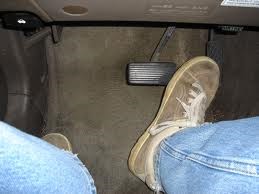 Every event that occurs has indicators that precede the event. Before someone speaks, they take a breath; before some applies the brakes, they move their foot over the brake pedal; before someone throws a punch, they make a fist. The key to situational awareness is learning to filter in the event indicators on which we can base decisions and filter out the competing background noise. You have already developed the basis of these skills throughout your life.
Every event that occurs has indicators that precede the event. Before someone speaks, they take a breath; before some applies the brakes, they move their foot over the brake pedal; before someone throws a punch, they make a fist. The key to situational awareness is learning to filter in the event indicators on which we can base decisions and filter out the competing background noise. You have already developed the basis of these skills throughout your life.
“Developing situational awareness is simply a matter of learning what indicators to filter in and which to filter out.”
It doesn’t take a master spy to notice an aggressive glance, excessive observation, or unusual attention from a stranger. These indicators are frequently ignored by much of society. “Don’t look at him and maybe he’ll go away”, “if you go looking for trouble, you’re sure to find it”, and “I choose to see only the good in people”. These attitudes are counterproductive to developing situational awareness. It takes a conscious effort to choose to observe your environment as it is, not how you want it to be.
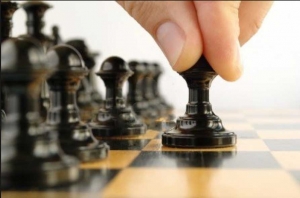 Recordings made of the eye movements of master chess players show that they observe a multitude of points on a chessboard before making a move, whereas novice chess players will observe comparatively few. Masters systematically take in hundreds of data points on which to base a decision. They are not processing each and every data point they collect; they are simply collecting relevant information – Event Indicators. Through training and experience, they have learned which indicators are relevant to their decision-making process and which are not. They process the relevant indicators and ignore the rest. The same process applies to every action you take.
Recordings made of the eye movements of master chess players show that they observe a multitude of points on a chessboard before making a move, whereas novice chess players will observe comparatively few. Masters systematically take in hundreds of data points on which to base a decision. They are not processing each and every data point they collect; they are simply collecting relevant information – Event Indicators. Through training and experience, they have learned which indicators are relevant to their decision-making process and which are not. They process the relevant indicators and ignore the rest. The same process applies to every action you take.
A mother becomes acutely attuned to the sounds of her child through experience. What may sound like a cry for help to an inexperienced new mom will simply sound like a normal cry to an experienced mother.
Machinery that appears dangerous to one person is completely not threatening to an experienced equipment operator. We are all experts in our own environment. We got that way through systematic trial and error, and learned to filter in indicators that we subsequently process and ignore those that are irrelevant.
“You observe literally thousands of Event Indicators each day.”
You are already an expert in processing many of the relevant Event Indicators in your daily life. Many of us are experts in identifying Event Indicators while driving, while walking around the city, or while getting coffee from the coffee machine.
What differentiates a protective professional from most other people is they have applied the same systematic approach to learning to identify a broader range of Event Indicators in their everyday lives. The key to avoiding threatening situations is to become an expert in identifying threatening Event Indicators or what is commonly referred to in the protective intelligence industry as Threat Indicators.
 Threat Indicators
Threat Indicators
Most of us already have the innate ability to distinguish threatening situations and threatening people from their non-threatening counterparts. We frequently exercise this ability when driving. How many times have you noticed a car swerving out of its lane? Why do those particular driver’s actions capture your attention and place you on alert? Regardless of the reason, that driver is distracted and is a threat to others – including you. You are able to observe certain indicators – car swerving, other drivers reacting – which alert you that this is a threatening situation.
“A Threat Indicator is anything you observe about your environment triggering a concern that conditions have changed from non-threatening to threatening and needs your immediate attention.”
When you identify Threat Indicators, it allows you to take proactive actions to avoid the threat and / or mitigate the severity of its impact – and the good news is, you already do it every day in your life.
How many times have you stood at a crosswalk & looked before you stepped out into the street? You are collecting information in the area to avoid the hazard of being run over. How many times have you identified a distracted driver drifting out of their lane ahead of you, and increased your following distance to allow you more time to avoid the situation? Chances are none of us can count the number of times. It something you already do every day without even thinking about it.
Upon collection of this relevant information you may then accurately assess the situation based on that information. Based on that accurate assessment you may then appropriately respond.
“Accurate assessment results in appropriate response!”
~ Steve Tarani
Professional Educator, Author, Keynote Speaker



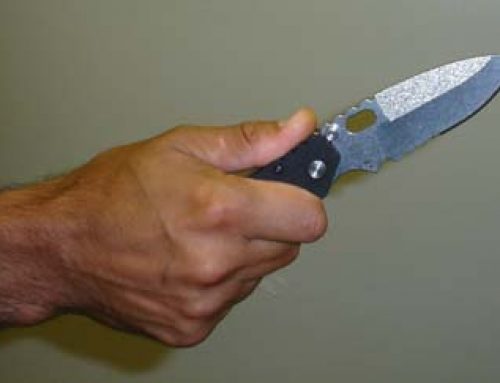
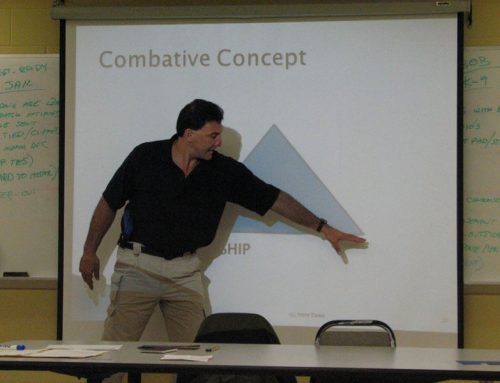
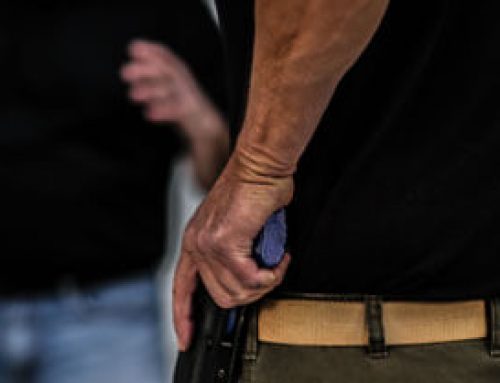
Steve,
Well done! I can’t wait to train with you and the website is excellent.